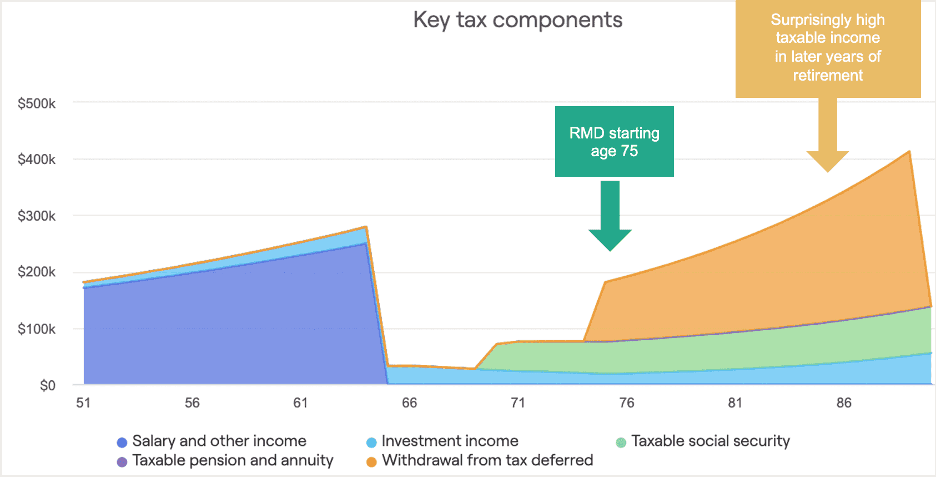
Change is inevitable, particularly when financial rules and tax laws are governed by a two-party system. The most recent midterm elections in the United States are a good example of this. The timing of existing retirement legislation is sure to be accelerated with the balance of power shifting in January. Are you prepared to explain the changes to your clients?
Here at RightCapital, we pride ourselves on what we like to describe as “adaptive technology.” Our users know what we mean by this. Several features were designed to show hypothetical changes that could happen if certain laws get passed. A good example of this is the increase in minimum RMD age proposed in Secure Act 2.0.
Congressional Agenda for Retirement Legislation in 2022
In 2018, we wrote about the tax planning opportunities of the Tax Cuts and Jobs Act. That bill is still evolving. We’re also keeping a close eye on Secure Act 2.0, which could have a significant impact on retirement planning. Here’s an update on each of these:

Tax Cuts and Jobs Act (TCJA)
The end of 2022 is a critical milestone for the TCJA. Among the many provisions scheduled for 2023 are an increase in corporate income tax, a required five-year amortization of R&D expenses, and a gradual phase-out of allowed expenses for short-life business investments. According to the Tax Foundation, these could all slow economic growth.
Most of the personal income tax changes made by TCJA in 2017 are still in effect through 2025, but the next two months may be the last chance that the party currently controlling both chambers of Congress can solidify those. Provisions that may change in 2023 involve the current increase in standard deductions and the doubling of the child tax credit.

Secure Act 2.0
The original Secure Act was passed in December 2019. That wasn’t a midterm year, but it did immediately precede what would become a hotly contested presidential election. The pressing need for changes in the retirement system overrode gleaned enough bipartisan support to attach the legislation to a government funding bill. That may happen again this year.
Secure Act 2.0 proposes improved access to workplace retirement plans, increased catch-up contributions, a change in the minimum retirement distribution (RMD) age to 75, and penalty free early withdrawals from workplace savings plans.

Using Right Capital to Show this to Prospects
Verbally describing what might happen if Congress modifies TCJA or passes Secure Act 2.0 is an ineffective way to communicate their impact on client retirement. RightCapital adaptive technology provides visuals. We’ve written several articles describing how to show tax cuts and raises, changes in investment models, and strategies for retirement distribution.
December 2022 is an opportunity to scale your practice by showing the effects of pending legislation. In the coming weeks, we’ll cover how to do that with content marketing, sample client portfolios, and video presentations. We’ll also discuss how to capitalize on trending news and market volatility. Bookmark this site and come back frequently for more on all this.